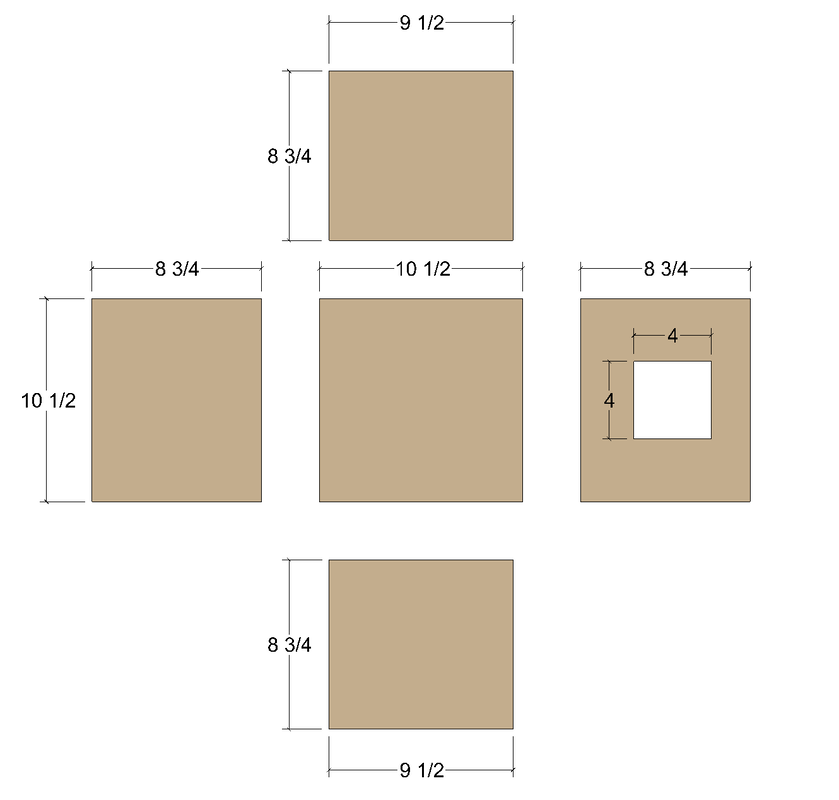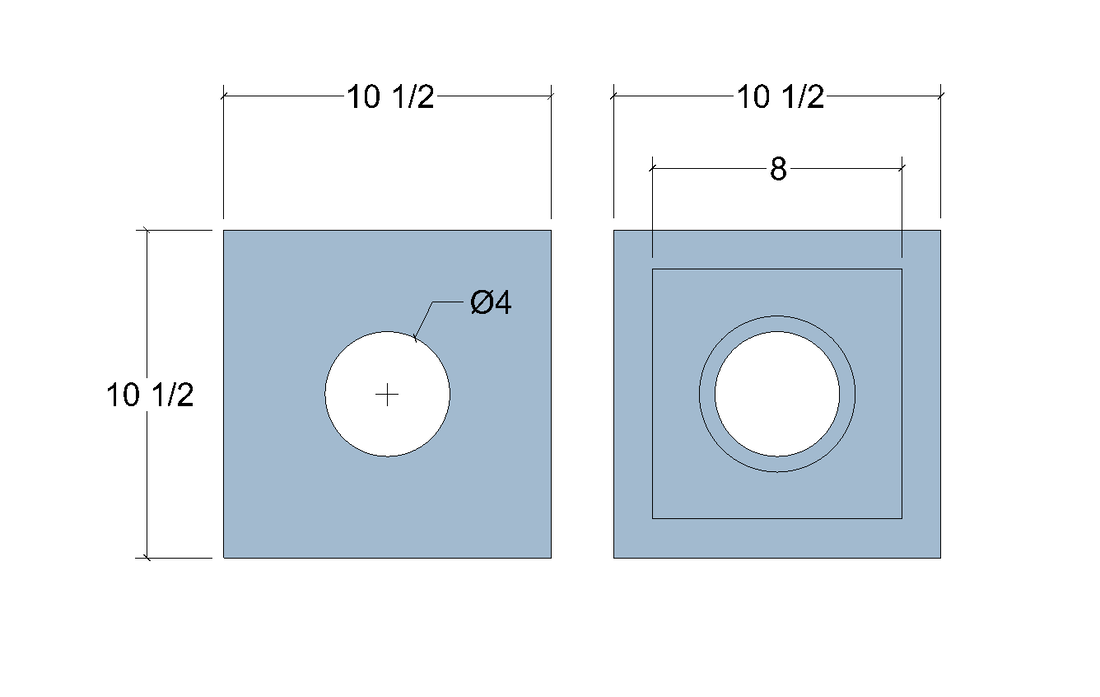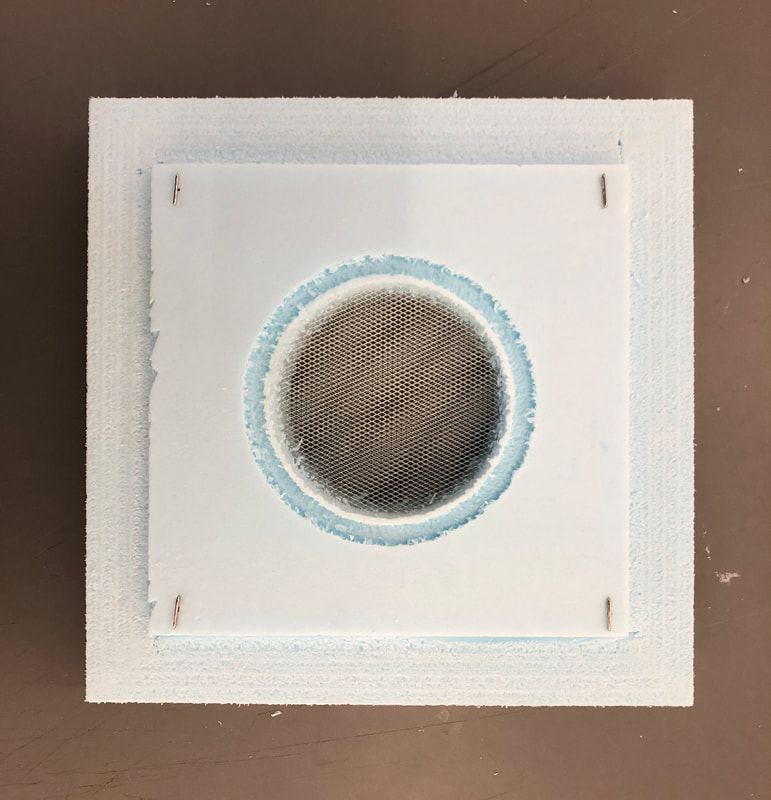-
Projects
- Environment Box
- Passive Refrigeration
- Water Cooling
- Fog Catching
- Roof Geometries
- Optimal Insulation
- Cooler Windcatcher
- Green Machine
- Mitigating Humidity
- Convective Air Flow
- Styrene Reuse
- Thermal Reflection
- ETFE Rigidification
- Phase Change Materials
- Polar Reflection
- Cavity Depth Variation
- Vapor Permeability
- Algae Facade
- Moisture Buffering
- Engineered Geometries
- Recycled Desiccant Materials
- Living Wall
- Solar Shading Facades
- SHADESin.reACTION
- Low-Fab Dehumidification
- Breathing Wall
- Urban Heat Island
- Acoustical Design
- Latent Heat of PCM's
- Insulative Qualities of Air
- About
- Lectures
- Assignments
- Workshops
- Syllabus
- Resources
Enclosure
All the pieces of the enclosure were made using a CNC machine. The materials used are foam insulation, plywood, and wire mesh. The enclosure is made of three parts: the core, the shell, and the frame.
*Note: All dimensions in inches
*Note: All dimensions in inches
Core: Foam Insulation
|
3/4" Foam insulation was used to make the core of the environment box. A double rabbet joint was used to minimize the amount of air that passes through the edges of the material. Dedicated spaces for the sensor, HOBO, and acrylic viewport were carved out of the foam. Three holes were on the back piece to create pressure differential for the second part of the experiment.
|



